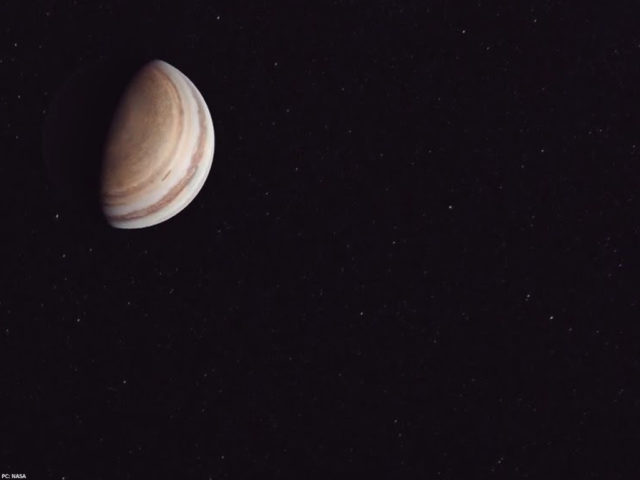Make sure not to miss these magnificent sky wonders happening in 2019

The year 2018 gave us some major breathtaking sky events including the super blood blue moon, meteor showers, closer look at other planets and much more, and the list will continue in 2019.
The new year is bringing in some more new sky happenings, which will leave people awestruck for sure. Since the start of the year, the astronomical calendar is packed with number to celestial events stretching till the year’s end.
January 3, 4 – Meteor Shower

The new year will begin with an amazing Quadrantids Meteor Shower with up to 40 meteors per hour when at its peak. The best viewing location will be at some dark place after midnight. Also, since the moon will be a crescent one, it won’t much interfere with the breathtaking shower view.
Also, more meteor showers will keep occurring throughout the year including in April, May, July, August, October, November and December 2019.
January 6 – Partial Solar Eclipse

A partial solar eclipse takes place when the moon covers only a part of the sun, making it seem like a bite taken out of a cookie. Unfortunately, the eclipse will be visible in parts of eastern Asia and the northern Pacific Ocean.
Also on this day, planet Venus will be in its greatest Western elongation and will at its highest point above the horizon in the morning sky. It will be best visible as a bright planet in the eastern sky before sunrise.
January 21 – Supermoon, Total Lunar Eclipse

This day will be packed with two moon event; supermoon where the moon is at its closest approach to Earth and looks larger and brighter than usual, and a total lunar eclipse where the moon will completely pass through Earth’s dark shadow and appear in a rust or blood red color.
June 10 – Jupiter at Opposition

The gigantic gas planet will make its closest approach to Earth on this day and will be fully illuminated by the Sun. Jupiter will appear brighter and will be visible all night long. A medium-sized telescope could help showing details in Jupiter’s clouds, while a good pair of binoculars will show Jupiter’s four largest moons.
Moreover, throughout the year, many other planets will also make close approach to Earth, hence being visible to sky gazers. These planets include Mercury, Venus, Saturn, Uranus and Neptune.
July 2 – Total Solar Eclipse

When the moon entirely blocks the sun, it reveals the sun’s outer atmosphere called corona, this is what happens in a total solar eclipse. Where the total eclipse will only be visible in parts of Southern Pacific Ocean, Central Chile, and Central Argentina, a partial eclipse will be visible in most parts of the Southern Pacific Ocean and Western South America.
December 26 – Annular Solar Eclipse

The year will end with an annular solar eclipse that takes place when the moon is too far from Earth to entirely cover the sun. Hence, there is a ring of light around the moon, but the sun’s corona is not visible. This eclipse will be more visible in Middle East, Southern India, Northern Sri Lanka, parts of Indian Ocean, and Indonesia before ending in the Pacific Ocean. Asia and northern Australia will enjoy a partial eclipse.





















Comments
Comments are closed.